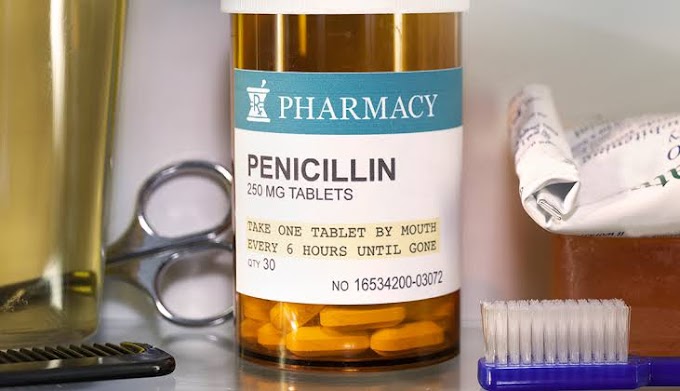the branch of medicine concerned with the uses, effects, and modes of action of drugs.
Pharmacology divided into two main types
Pharmacokinetics
Pharmacodynamics
Pharmacokinetics
Process of the uptake of drugs by the body, the biotransformation they undergo, the distribution of the drugs and their metabolites in the tissues, and the elimination of the drugs and their metabolites from the body over a period of time.
Detial
Pharmacokinetics describes how the body affects a specific xenobiotic/chemical after administration through the mechanisms of absorption and distribution, as well as the metabolic changes of the substance in the body (e.g. by metabolic enzymes such as cytochrome P450 or glucuronosyltransferase enzymes), and the effects and routes of excretion of the metabolites of the drug.Pharmacokinetic properties of chemicals are affected by the route of administration and the dose of administered drug. These may affect the absorption rate.
Models have been developed to simplify conceptualization of the many processes that take place in the interaction between an organism and a chemical substance. One of these, the multi-compartmental model, is the most commonly used approximations to reality; however, the complexity involved in adding parameters with that modelling approach means that monocompartmental models and above all two compartmental models are the most-frequently used. The various compartments that the model is divided into are commonly referred to as the ADME scheme (also referred to as LADME if liberation is included as a separate step from absorption
- Absorption – the process of a substance entering the blood circulation.
- Distribution – the dispersion or dissemination of substances throughout the fluids and tissues of the body.
- Metabolism (or biotransformation, or inactivation) – the recognition by the organism that a foreign substance is present and the irreversible transformation of parent compounds into daughter metabolites.
- Excretion – the removal of the substances from the body. In rare cases, some drugs irreversibly accumulate in body tissue.
Pharmacodynamics
Pharmacodynamics (PD) is the study of the biochemical and physiologic effects of drugs (especially pharmaceutical drugs). The effects can include those manifested within animals (including humans), microorganisms, or combinations of organisms (for example, infection).
Details
pharmacodynamics is the study of how a drug affects an organism, whereas pharmacokinetics is the study of how the organism affects the drug. Both together influence dosing, benefit, and adverse effects. Pharmacodynamics is sometimes abbreviated as PD and pharmacokinetics as PK, especially in combined reference (for example, when speaking of PK/PD models).
Pharmacodynamics places particular emphasis on dose–response relationships, that is, the relationships between drug concentration and effect.[1] One dominant example is drug-receptor interactions as modeled by
where L, R, and LR represent ligand (drug), receptor, and ligand-receptor complex concentrations, respectively.








0 Comments
don,t share any spam, comment and link